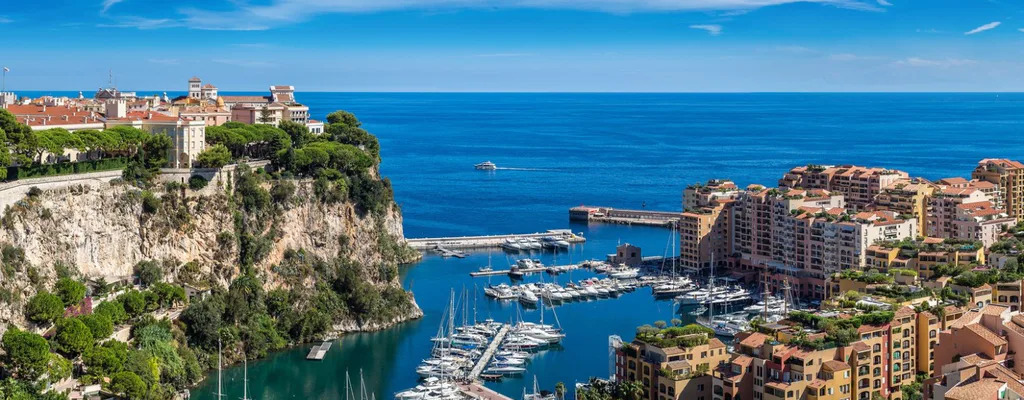EARLY HISTORY OF THE ARTICHOKE – THE SPINY ARTICHOKE OF ALBENGA
by Paolo Sari the only Michelin starred bio-chef in the world. MONACO.The artichoke is mentioned as a garden plant in the 8th century BC by Homer and Hesiod. The naturally occurring variant of the artichoke, the cardoon (Cynara cardunculus), which is native to the Mediterranean area, also has records of use as a food among the ancient Greeks and Romans. Pliny the Elder mentioned growing of ‘carduus’ in Carthage (North Africa) and Cordoba (Spain) In North Africa, where it is still found in the wild state, the seeds of artichokes were found during the excavation of Roman-period Mons Claudianus in Egypt. Scientists think that Egyptians cultivated and used artichokes as a food. Varieties of artichokes were cultivated in Sicily beginning in the classical period of the ancient Greeks; the Greeks calling them kaktos. In that period, the Greeks ate the leaves and flower heads, which cultivation had already improved from the wild form. The Romans called the vegetable carduus (hence the name cardoon). At that time, they smoked the vegetable with a lot of ashes: from the Latin kinis, derives the name “Cynara” of the species . Further improvement in the cultivated form appears to have taken place in the medieval period in Muslim Spain and in the Algerian Magrheb although the evidence is inferential only. Names for the artichoke in English and many other European languages today (e.g. Spanish alcachofa, French artichaud, Italian carciofo) come from medieval Arabic. In the late 15th and early 16th centuries, the artichoke appeared as a new arrival with a new name, which may be taken to indicate an arrival of an improved cultivated variety. The blossom of the thistle, improved by the Arabs, passed from Naples to Florence in 1466, carried by Filippo Strozzi. Towards 1480 it is noticed in Venice, as a curiosity. Le Roy Ladurie, in his book Les Paysans de Languedoc, has documented the spread of artichoke cultivation in Italy and southern France in the Renaissance, as a delicacy for connoisseurs’ meals, including Catherine de Medici. In the second half of the 16th century, the chef of Pope Pio V, Bartolomeo Scappi, often cites “Carciofani” dishes, raw and cooked, in his book titled “Opera of the Culinary Arts”. In April 1697 Prince Borghese organized a grand reception in honor of Pope Innocenzo XII. For the occasion 3400 artichokes were also served. The Dutch introduced artichokes to England, where they grew in Henry VIII’s garden at Newhall in 1530. They were taken to the United States in the 19th century—to Louisiana by French immigrants and to California by Spanish immigrants. Today the artichoke cultivation’s area in the world is estimated at about 122 thousand hectares with a production of about 1.33 million tons. The major producer of artichokes in the world is Italy, with 49 thousand hectares whose production is mainly concentrated in the south and the islands. The artichoke is the most widespread vegetable cultivated in Italy, after the tomato and the potato. The artichoke is also recognized as a medicinal plant, with aperitive properties, bittering cholagogue, choleretic, diuretic, lowering agents cholesterol levels, slightly laxative, and antioxidant.

The spiny variety of Albenga
One of the most delicious specialties of the Ligurian Riviera of Ponant is undoubtedly the spiny artichoke of Albenga. It prefers cool, medium-textured, well-drained, deep soils, well equipped with organic substance. Clay soils delay the ripening of artichokes, while soils of sand and limestone cause a reduction of their size. Optimum temperatures for the plant are 12-14 ° C at night and 20-22 ° C during the day, with relatively high humidity. The artichoke is a multi-year plant, it can stay in the same plot for several yearsI, up to a maximum of 3-4 years. In Albenga the artichoke is renewed every year in most cases, but can also stay in place, usually no more than two years. The artichoke is a plant that does not exploit excessively the soil, in fact leaves it well structured, because it is equipped with a root system very developed in length. For this reason, as part of the rotation of agricultural crops, artichokes are used to improve too compact or poorly structured soils, because it produces, over the years of implantation, significant amounts of organic residues, usable for composting directly on the soil and thus leaving an important residual fertility. The implant is performed between early July and late August to get early or late production. The harvest takes place between end of December and mid March.







Pingback: Flavors of the Liguria Region - the Best Food and Wine - Podcast Episode 26 - Flavor of Italy